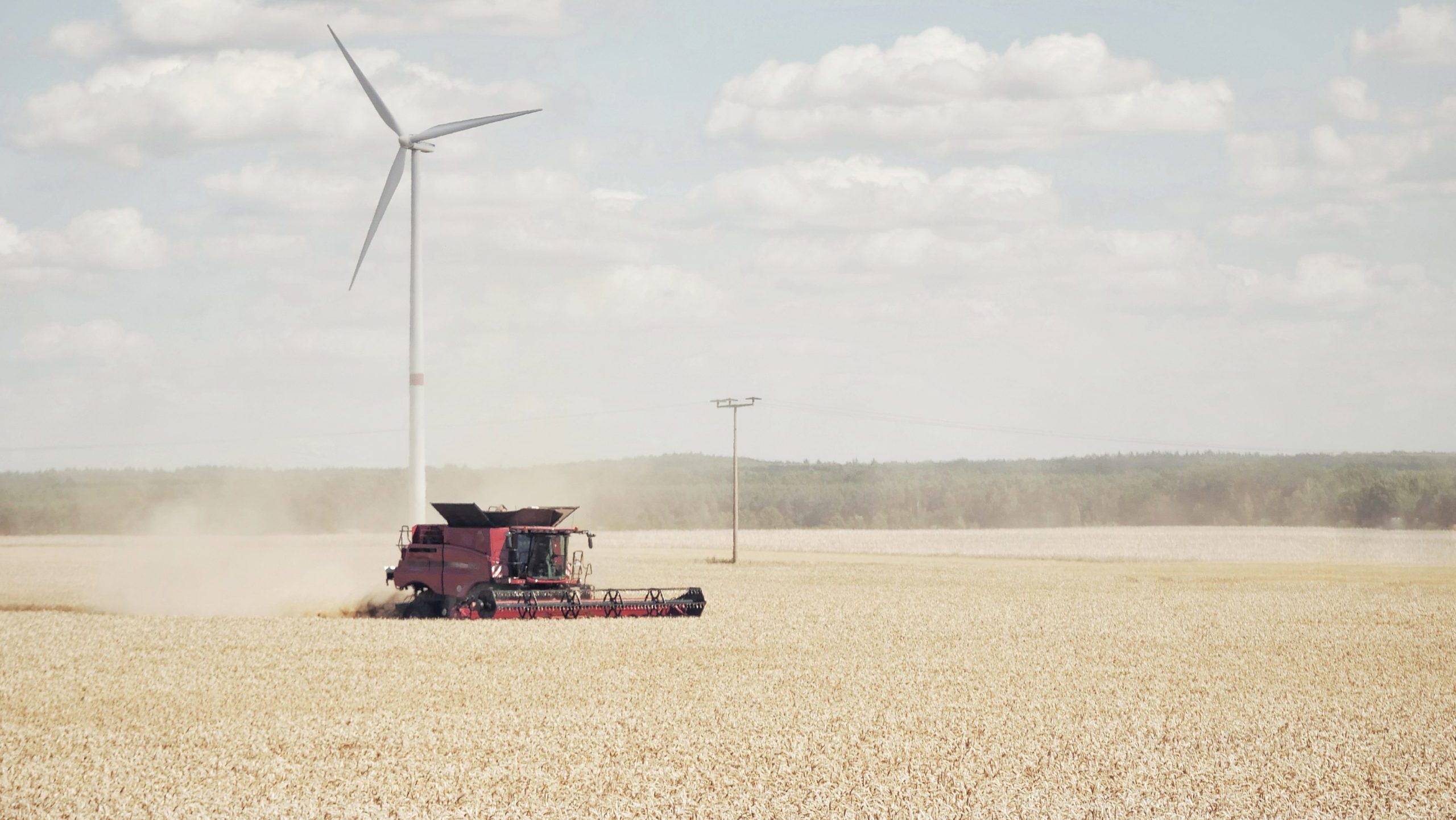Foro Industria y Energía emphasizes that the processes of industrial decarbonization are not necessarily homogeneous. Each industrial subsector has its own needs and strengths, so it is important to promote specific actions to achieve a common goal: the ecological transition.
A few days ago, the Spanish Official Gazette (BOE) published an extract from the Order of the Ministry of Industry and Tourism announcing aid for industrial projects within the Agri-Food PERTE, amounting to 100 million euros. Within this PERTE, one of the eligible lines includes “innovative” investments in “energy-saving measures or renewable energies” aimed at improving energy efficiency in production processes or replacing fossil energy sources with renewables. In this way, the Agri-Food PERTE can be a valuable tool for the energy transition of this sector.
The agri-food sector, like other industrial subsectors, is in the midst of a decarbonization process, with some particularities of its own. Regarding the use of renewable energies, it is above the average for industry in Spain, according to a report prepared by Opina 360 for Foro Industria y Energía, which will be published soon. Thus, 18.8% of the energy consumed by the agri-food sector comes from renewables, which is 6.2 percentage points higher than the average, which stands at 12.4%.
This higher percentage compared to the average is mainly due to the significant role played by biomass, which is by far the primary renewable source used by the sector. The main reason for this is the easier access to this resource, which also provides a way to profitably manage some waste. This tool has a decarbonizing effect through two avenues: the use of renewable energies and the reduction of methane emissions caused by agricultural and livestock waste.
The use of natural gas in the agri-food sector (34%) remains well below the industrial average, which stands at 41.1%. However, the sector still has significant room for improvement in this regard, which could come from an increase in the use of biomass and biogas as well as the coexistence of sources such as photovoltaic and wind energy in agricultural crops or land used for livestock farming.
Decarbonization: Specific Actions with a Common Goal
Foro Industria y Energía emphasizes that the processes of industrial decarbonization are not necessarily homogeneous. Each industrial subsector has its own needs and strengths, so it is important to promote specific actions to achieve a common goal: the ecological transition.
“There is no single decarbonization process, but rather the convergence of many sectoral processes that have a common goal but may take different paths to achieve it, depending on their needs and strengths,” says Albert Concepción, director of Foro Industria y Energía. “There are common elements in the different industrial subsectors, such as the necessary increase in energy from renewables, but the ways to achieve it are diverse: the energy needs and material resources of a ceramic company are not the same as those of a company that produces, for example, fruit juices. Decarbonization is like a marathon; not everyone will be able to cross the finish line at the same time, and the race cannot be considered finished until the last one arrives, who makes an effort and is as deserving as the first.”

